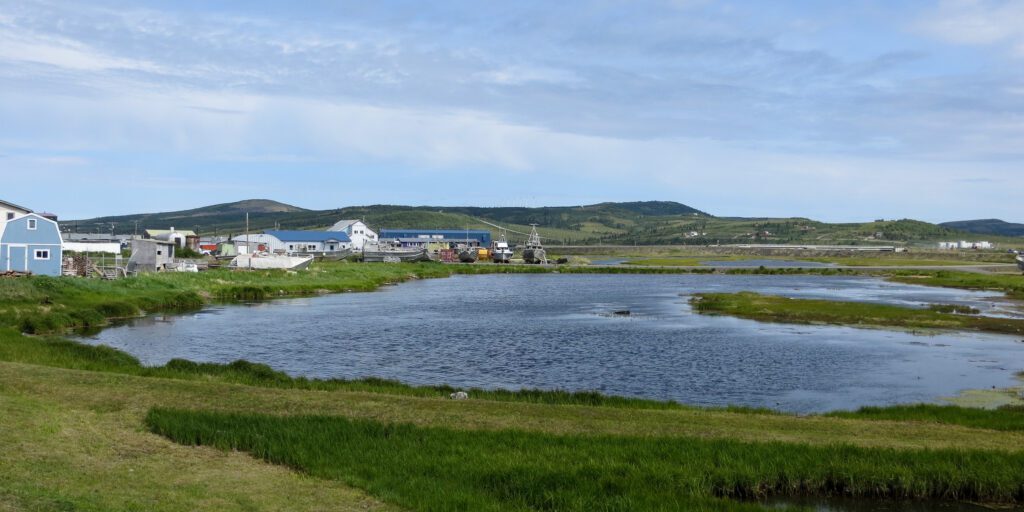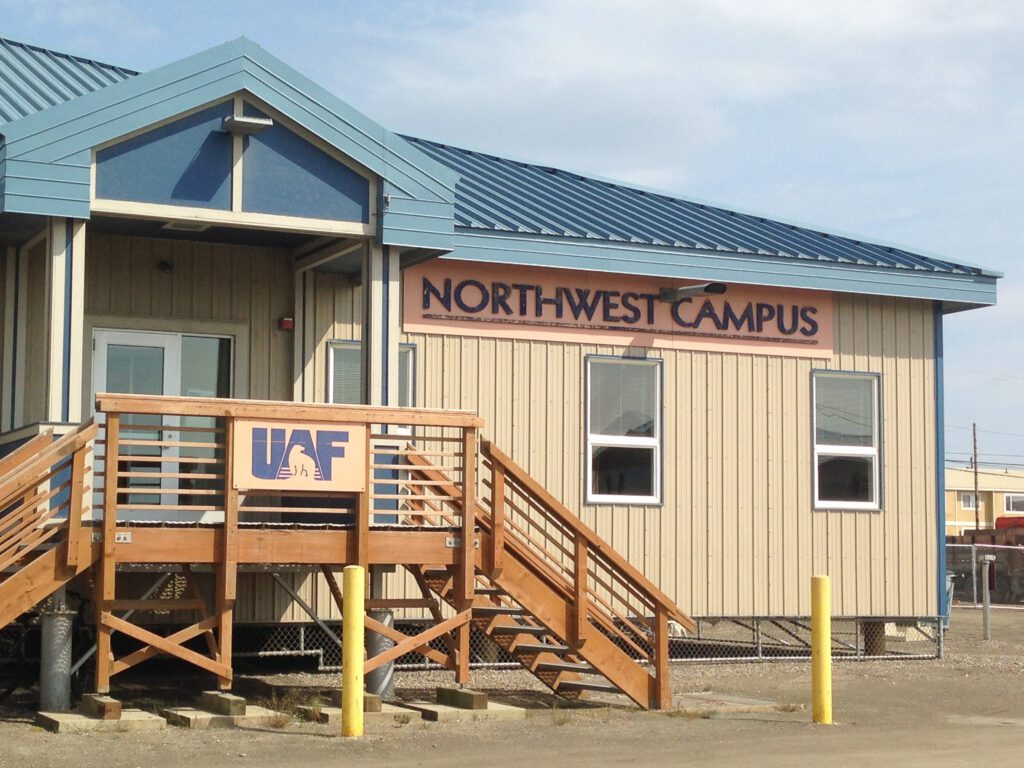The City of Unalakleet officially lifted a boil-water notice last week that had been in effect for three months.
According to city manager Davita Hansen, turbidity levels in the water — the cloudiness caused by tiny particles — were higher than usual for the spring and early summer months. Hansen says this was likely caused by a high concentration of beaver dams in Powers Creek, from which the village sources its water. According to the Alaska Department of Environmental Conservation (DEC), turbidity often develops in the stagnant water found, among other places, above such beaver dams.
At spring breakup in April, Hansen says, the beaver dams prevented water from flowing and contributing to ground thaw, which in turn meant there was even less clean water reaching Unalakleet. And there wasn’t enough water in storage to backwash the filters in the water plant, a process that can require thousands of gallons. So the city was in a bind until it could remove the dams.
The completion of that work did not come until last week, at which point the turbidity readings returned to the safe levels mandated by the DEC.
Hansen says this year’s breakup was abnormally problematic, and that as a result, the DEC is requiring the city to install a turbidity alarm in the plant. This will automatically relay a warning to the plant operators’ phones, even at night, if turbidity rises beyond a safe level.
The alarm has now been installed, and the city is waiting for GCI technicians to connect the system to the phone lines.
Image at top: A sunny day in Unalakleet. (Photo: Maddie Winchester, KNOM)







